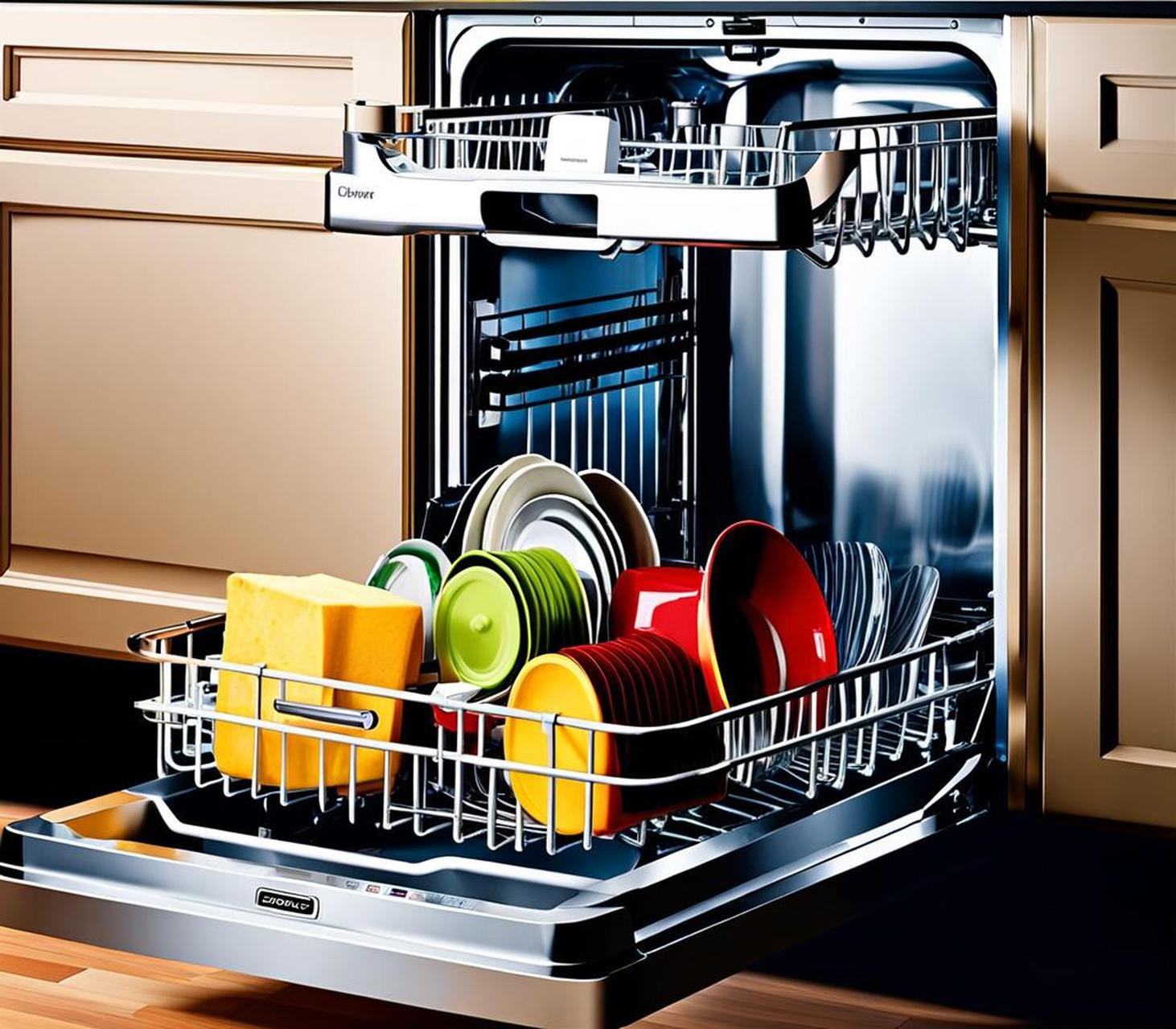Is your dishwasher refusing to start, even though it’s still getting power? Don’t worry, you’re not alone. Many homeowners deal with this frustrating issue that leaves dishes piling up in the sink.
The good news is, there’s likely an easy fix you can tackle yourself without needing a repairman.
First Steps for Troubleshooting
Before diving into dishwasher-specific issues, it’s smart to run through some basic troubleshooting first:
- Make sure the dishwasher is plugged in fully and the outlet has power. Try plugging something else into it to check.
- Check the electrical panel for any tripped breakers or blown fuses related to the dishwasher circuit. Reset breakers and replace any blown fuses.
- Ensure the water supply valve is turned completely on. Turn on the sink faucet to verify water pressure.
Taking these simple steps can reveal power or water supply problems right off the bat. Now let’s look at a couple of ways to reset the dishwasher.
Attempt Resetting the Dishwasher
Resetting your dishwasher can clear any stuck settings or glitches and get it functioning again. Here’s how:

- Unplug the dishwasher from the power source for 5 minutes.
- Plug the unit back in and press and hold the Start or Reset button for 10-15 seconds.
- This resets the dishwasher and should result in powering up and activating normally.
About half the time, this basic reset solves a “no start” issue. If that didn’t work, don’t worry – there are some other specific parts we need to check.
Check if the Child Lock is Enabled
Many modern dishwashers have a child lock feature that prevents the dishwasher from starting accidentally. If yours has this feature:
- Locate the child lock button or switch, often on the control panel.
- Disable or unlock the child lock if it is currently on.
- Try starting the dishwasher again.
This simple oversight is an easy thing to miss, so double check that the child lock is disengaged before moving on.
Verify There’s No Delayed Start Set
Another easy-to-forget setting that could be preventing your dishwasher from starting is a delayed start function. To check:
- Examine your control panel for any Delay, Delay Hrs, or Delay Start options.
- Disable any delayed start that may be currently programmed.
- Try to activate a normal cycle again with no delay set.
This eliminates delayed start as a potential culprit for the no-start issue.
Inspect the Door Latch
The door latch keeps the dishwasher door firmly closed during operation and activates internal switches required for starting. Here’s how to inspect this component:
- Make sure the door is fully closed and latched into place.
- Use a multimeter to test the continuity of the door latch switch.
- If needed, adjust or replace the door latch assembly.
Take care to properly install any new door latch according to the manufacturer’s directions to restore normal operation.
Check the Selector Switch
The selector switch allows you to choose which wash cycle you want. Here’s what to check with this part:
- Make sure the selector switch is fully rotated to the correct wash cycle setting.
- Use a multimeter to test the electrical continuity of the selector switch.
- If defective, replace the selector switch with a new part.
Restoring full functionality of the selector switch resolves many mysterious “won’t start” issues.
Inspect User Interface and Control Panel
The user interface and control panel relay your selections electronically to start the dishwasher functioning. To test this:
- Visually inspect the control panel for any physical damage.
- Use a multimeter to check for continuity of the control board.
- If the control panel is non-functional, replace it with a new part.
Swapping in a new user interface restores the critical communication between you and the dishwasher.
When to Call for Dishwasher Repair
If you’ve tried all the troubleshooting tips above without success, it’s probably time to call in a professional repair technician. A service pro can complete more advanced diagnostics and has the expertise to accurately identify any complex mechanical or electrical issues.
In addition, some repairs like replacement parts or modifications to electrical wiring are best left to the professionals. They have the proper tools and training.
Don’t let the cost of repairs deter you – repairing is often cheaper than buying a whole new dishwasher. Plus it avoids the hassle of installation and disposal of the old unit.
Prevent Future “Won’t Start” Problems
A little preventive maintenance goes a long way to avoiding starting issues. Here are some tips:
- Clean and maintain the dishwasher regularly according to manufacturer directions.
- Use a water softener or rinse aid if you have hard water.
- Don’t overload or overcrowd the dishwasher.
- Promptly replace worn parts like the door gasket.
- Use high-quality detergents and rinse aids.
Taking these preventive steps minimizes the chances of a future “dishwasher won’t start” headache.
As you can see, there are a number of reasons your dishwasher may have power but fail to start. But don’t break out the wallet for expensive repairs just yet – in most cases, you can easily fix the dishwasher yourself.
By following the troubleshooting tips above, you can identify and resolve common “won’t start” issues related to the door latch, selector switch, control lock, and more. And preventive care makes sure your dishwasher stays in peak operating condition.
So don’t dread a sink full of dirty dishes. Just grab your tools, break out this guide, and get your dishwasher back in order. And remember to reach out to a professional repair technician if you need backup resolving those more complex issues.
